The ambitious plan and woes of those who toil the lands in Kedah
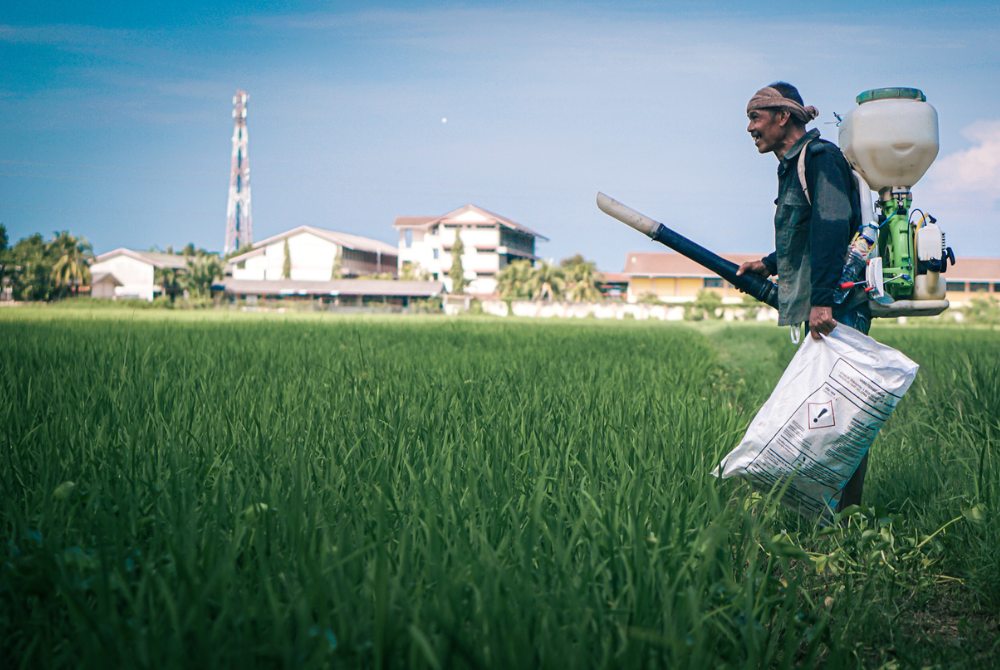
KUBANG ROTAN – There was neither a hint of visible gusto nor a palpable excitement radiating from a quartet of padi farmers when their two-cents on Malaysia’s ambitious plan to farm crops five times every two years were asked.
Instead, an awkward pause settled among the four as each of them appeared to be nonchalantly minding their own businesses.
One was meticulously unpacking his knapsack sprayer, another laboriously unshoeing his muddied rubber boots, the deft roll of a dried nipah-leaf cigarette occupying the third and the final figure gazing intently upon the vast green padi fields stretching before him.
“Can we even do it?” quipped the third, wryly, as he breathed out a puff of smoke, inhaled from the cigarette that he had just finished rolled and set alight.
“We barely have enough water to irrigate our padi fields twice a year. When we need it, there aren’t any. So, how?” added the smoking farmer who goes by the name of Rahmat Abdul Mutalib.
Kedah has four reservoirs, namely the Pedu, Ahning, Muda and Beris, but water shortages for padi cultivation is a common predicament here, as its water is also used for domestic, household, and industrial usage not just Kedah but Perlis as well.
And to a certain extent, Penang too has been using Kedah’s water.
To the unfamiliar, padi farming is a huge deal in this northern state — where its agrarian roots are deeply rooted and intertwined with the culture of the people of Kedah.
In fact, slightly more than a third of Malaysia’s rice — at about 40 per cent — is farmed here within the 100,000 hectares of contiguous granary areas in the coastal Kedah plains ranging from Guar Chempedak, all the way to Kangar, Perlis.
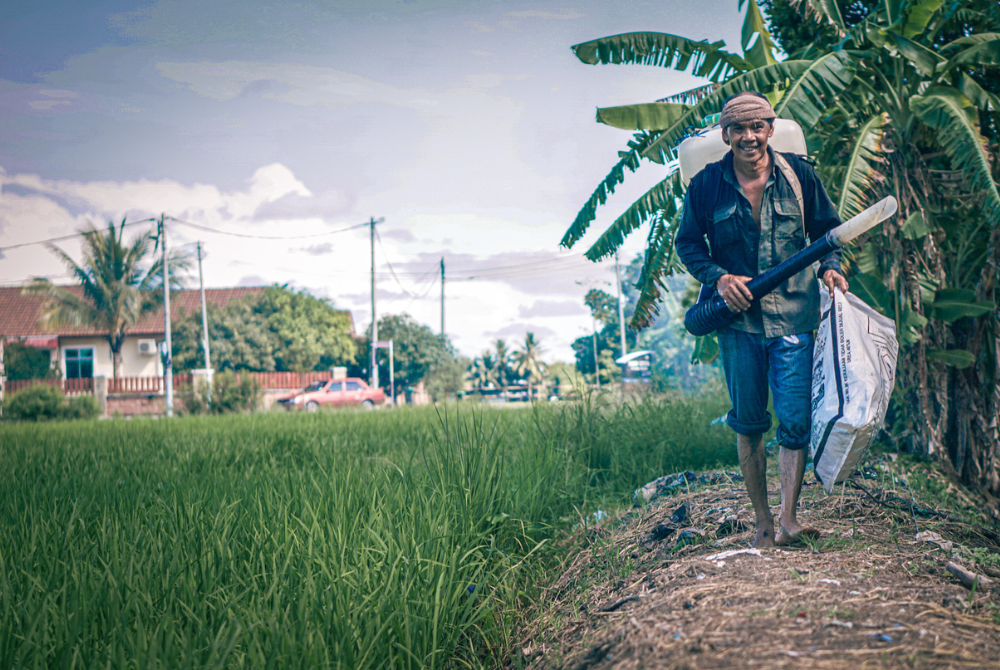
Though the padi plots are privately owned by hundreds of smallholders, cultivation in these vast granaries is managed and overseen by the Muda Agricultural Development Authority (Mada) – a federal outfit under the Agriculture and Food Security Ministry.
Now back to the water woes of the padi farmers in Kedah.
“Water is crucial,” said the other farmer, Mohd Affendi Sidek, after he managed to free his feet from the tight rubber boots.
“Padi fields needs to be inundated within two weeks after seeding, if not, it will be weed infested which in turn will hinder and hamper the growth of padi,” Affendi added.
He was right. This is so because, scientifically, weeds are more efficient in absorbing fertilisers compared to padi.
Ironically, too much water is also a problem in realising the plan to cultivate padi five times for every two years.
“The soil will be too soft due to the ploughing by heavy machinery and on top of that, there is no ample time for the field to be fully dried,” Affendi deftly explained.
As a backgrounder, prior to planting, padi fields are normally ploughed three times per season; so, if there are five seasons, the fields will be ploughed 15 times, effectively rendering it too soft.
And in padi farming overly soft soils are problematic.
Machineries will get stuck and get bogged down in the fields, Ayob Jaafar weighed in – after he was done disassembling his knapsack sprayer.
“So, there’s no way to harvest crops, unless farmers themselves to go down to the field to harvest it by hand like the old days but seriously, who’s going to do that?
“The fields need at least two to two and a half months for it to be fully dried, even then that too depends on the weather. If it rains too much then it’ll take longer,” added Ayob.
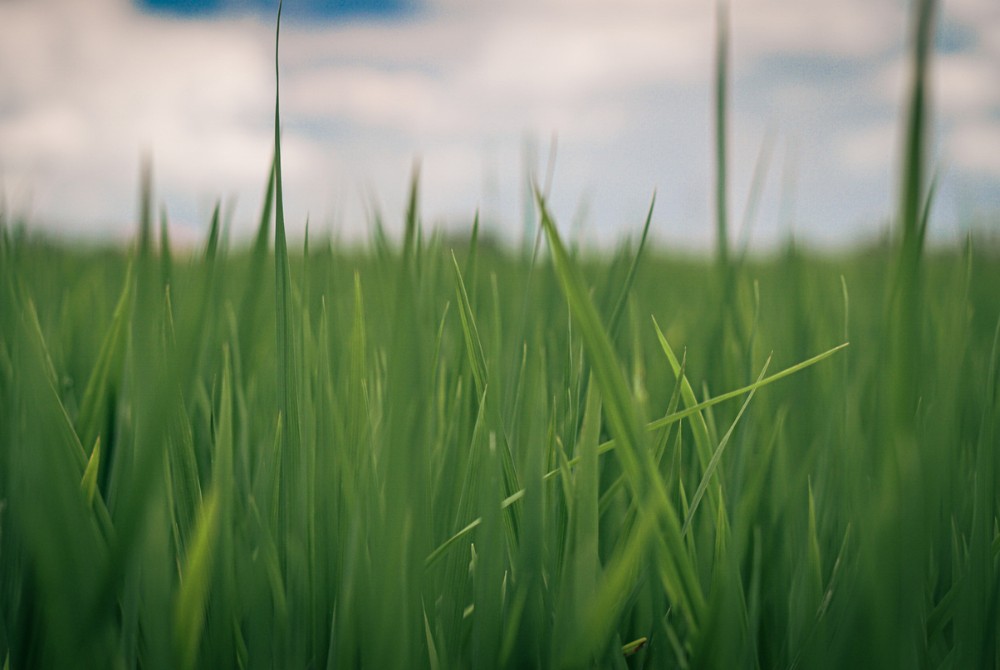
Nonetheless, the ambitious plan was nothing new, in fact, there were a few pilot projects done to test the feasibility of the proposed cropping intensity.
“As I recalled, they tried to do it in Bertam, Penang, but the final yield was poor. In fact, some of their padi ended up rotting. Not worth the effort and money spent,” Affendi chimed in.
Poor yields are usually caused by a myriad of factors such as pests and diseases, insufficient water supply and the low amount of nutrients in the soil.
The latter example can be remedied with the use of fertilisers, which has become an effective workaround given how the varieties of padi planted in Malaysia are of the fertiliser-responsive variants.
Fertilisers, however, are not cheap.
A kilogramme (kg) of it cost around RM3. It normally comes in a bag of 20kg. A single ‘relung’ of padi field requires five bags. Fortunately, the government subsidises five bags per relung.
Relung is a standard unit of measurement for padi fields in Kedah; one relung equals to 0.288 hectares.
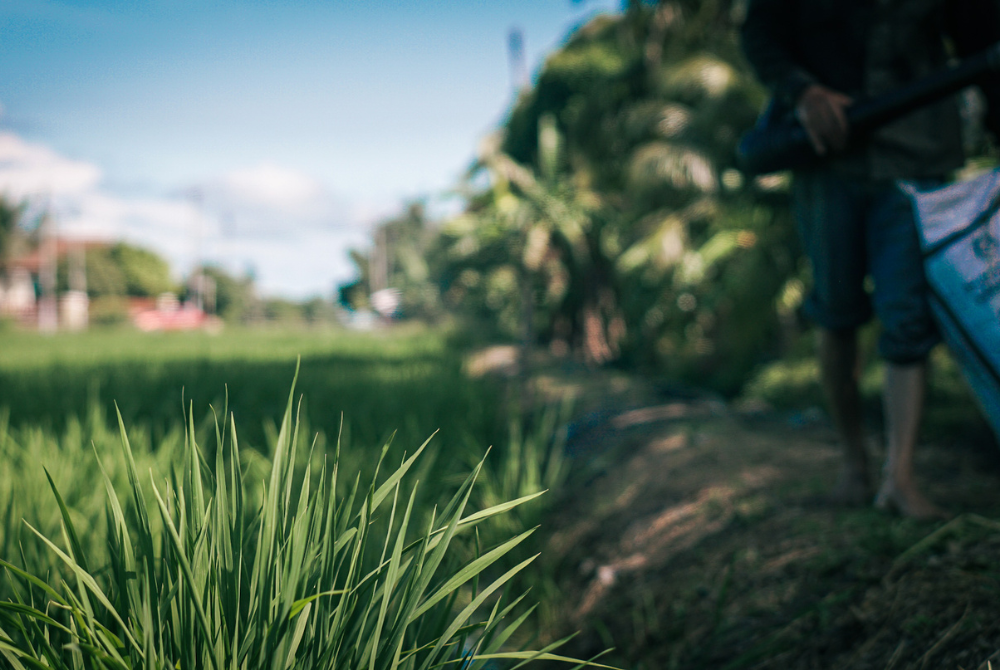
Had it not been for the subsidy, the total cost for fertilisers would have stood at RM300 per relung and most farmers in Kedah toil more than a single relung of padi field.
“Right now, the fertiliser subsidy only covers for two seasons a year. All these while, we only need to buy fertilisers if we needed extra,” said the other padi farmer, Azmi Shapii, who was initially gazing at the padi fields.
“So, if the government wants us to plant padi five times every two years, then they need to sort this out first,” Rahmat interjected, his cigarette was already half burnt.
A heavily subsidised sector, padi planting is not a lucrative vocation.
Without subsidies the cost of production (COP) remained high with a 2019 paper from Khazanah Research Institute (KRI) highlighting that the largest contributions to the COP are land rental and machinery at 42 per cent and 30 per cent respectively.
Two days ago – ahead of the Aug 12 Kedah polls – Prime Minister Datuk Seri Anwar Ibrahim upped the padi price subsidy from RM360 to RM500 per tonne, an announcement many padi farmers welcomed with open arms.
However, the reality is that padi farmers remain rooted in the B40 income group.
For example, the mean monthly household income for padi farmers in Mada in 2016 – as pointed out by KRI – is RM2,527 which was way below the national mean monthly household income of the B40, at RM6,958.
And when it comes to income, one of the farmers’ biggest gripe concerns that of rice millers.
Specifically, their tendency in setting high moisture content deductions.
“They cut up to 20 per cent. If we send them a tonne of padi, we will only get paid for 800kg while the remaining 200kg is considered void. The percentage is too high and unnecessary,” Azmi lamented.
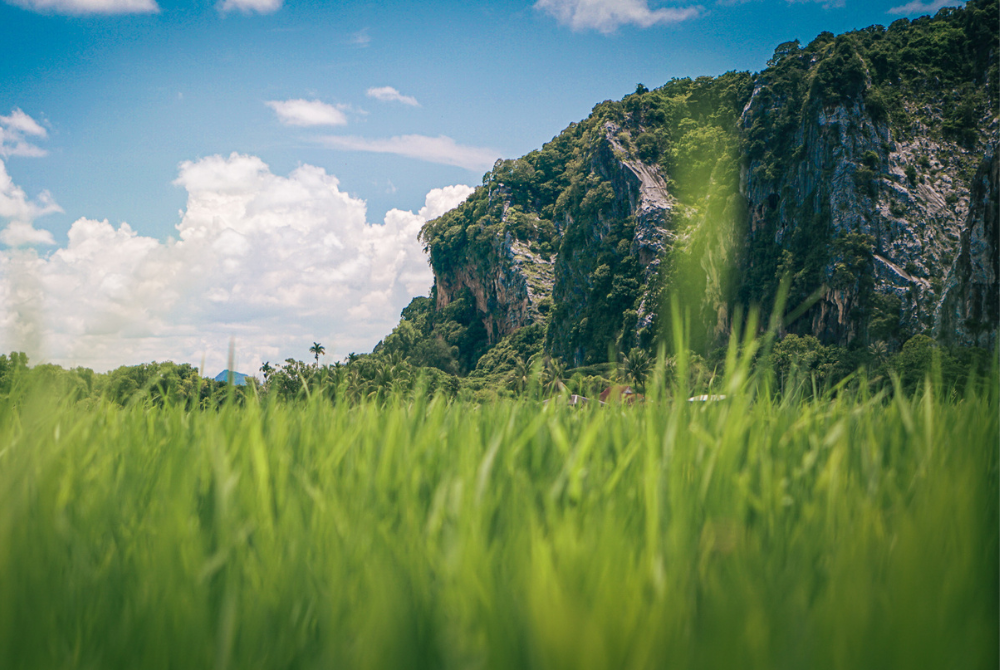
The math is simple. The higher the moisture content of grains at the time of weighing for price determination, the less money farmers receive. Right now, in Kedah, the cut is summarily set at 20 per cent.
The rate is determined by millers under the supervision of the Padi and Rice Regulatory Department of the Agriculture and Food Security Ministry.
But whether the set moisture content deduction rate is reflective of the actual moisture of the crops is still, according to Azmi, a grey area hotly debated by many.
“Sometimes it does not even make sense, because at 20 per cent our crops would have been soggy which is not the case because we harvest them during the dry season.
“Plus, padi can already be milled into rice at 12 per cent moisture content. So, why would the millers cut us at 20 per cent?” Azmi asked.










